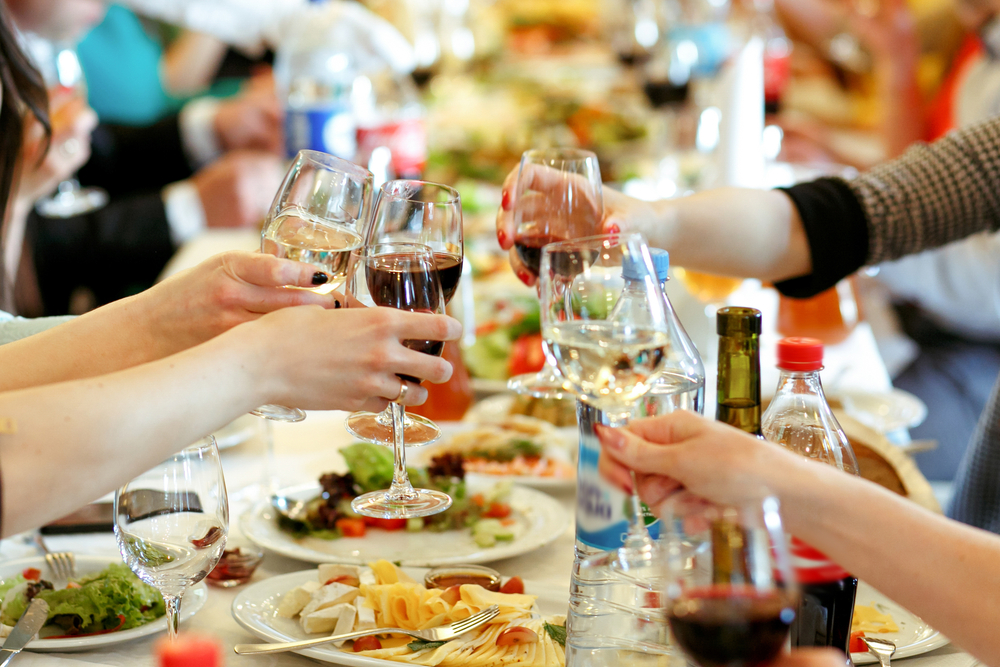Spread Christmas cheer, not food poisoning
Source: Food Safety Information Council
Chair of the Food Safety Information Council Dr Michael Eyles says that “You are more likely to get food poisoning at Christmas time because the weather is hot, the fridge is overloaded and we’re cooking for more people than we usually do. It all makes for perfect conditions for food poisoning.”
Here’s what you need to know.
The risks
Entertaining over Christmas and the holidays can be especially fun with your friends and family. However, preparing food to suit everyone can be quite risky.
Some of the most common Christmas food risks include:
- The home kitchen isn’t designed to cook for a lot of people
- Guests often bring food to share, which means food can be out of the fridge for several hours longer that recommended, which gives bacteria time to multiply
- Many people prepare food ahead of an event. For some non-perishable items such as Christmas cake, this isn’t a problem. However, for foods such as casseroles or desserts, these need to be carefully prepared and then chilled or frozen quickly.
How to avoid food poisoning
There are a few simple steps that you can take to reduce the risk of getting food poisoning.
Planning:
Simple planning can easily reduce the risk of food poisoning. Use a meat thermometer for your Christmas turkey to ensure meat is cooked to 75°C in the thickest part.
Guests who are travelling more than an hour should bring safer foods that don’t need to be kept hot or cold, such as cakes, biscuits and Christmas pudding. If they want to cook, they should arrive early and assist with food preparation.
For those who are travelling less than an hour, allocate for them to bring hot or cold foods in insulated bags or eskies to keep them at a regulated temperature.
Avoid temperature abuse:
Keeping food at regulated temperatures is very important to help reduce the risk of foodborne illnesses. Methods of keeping food temperatures regulated include:
- Keeping hot food hot by using the top of the stove or oven at just below 100°
- Keeping cold food cold using the fridge at or below 5°C
- Cool food quickly to stop the growth of spores
- Thaw frozen meats and meals correctly
Preparation and cooking:
There are a few easy steps to help reduce the risk during food preparation:
- Wash hands properly before preparing food
- Wash knives, utensils and cutting boards in between different raw foods to stop cross contamination
- Cook meats thoroughly to reduce the risk of food poisoning
- Do not let meats cool on the bench – once the steam stops, place into sealed container and chill or freeze
- Don’t prepare food if you have vomiting or diarrhoea – it will be passed on if you do
- Don’t leave dips, cheeses or other small snacks out for too long.
Storing leftovers properly:
After the meal, immediately store food in the fridge or freezer in small containers to ensure the food cools quickly. If food is left out for two hours, it must be either refrigerated or eaten straight away, or if left out for four or more hours, food must be thrown out.
Perishable leftovers should be consumed within two to three days and reheated to make sure food is hot enough throughout the entire meal – this is about 75°C.
If you are transporting left overs, ensure they are carried in an insulated bag or esky with ice bricks or ice packs to make sure they are chilled safely. Once you are home, ensure the food goes straight into your fridge once you get home.





